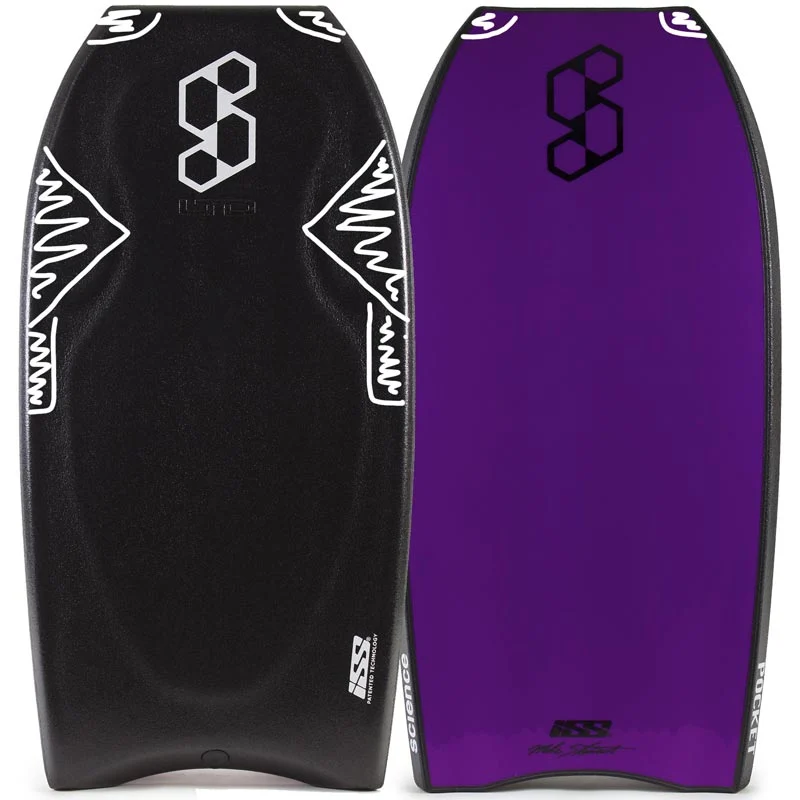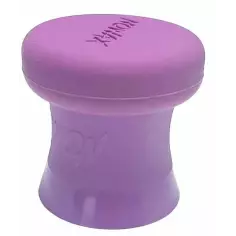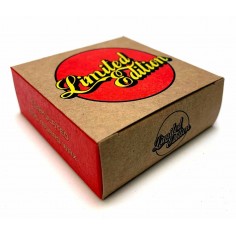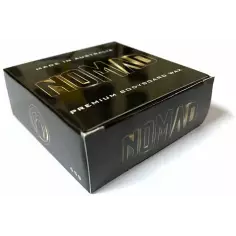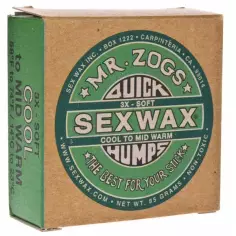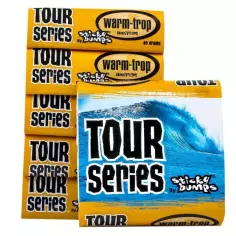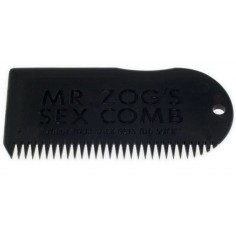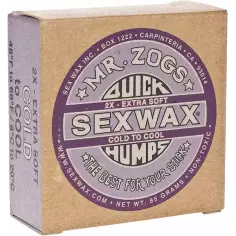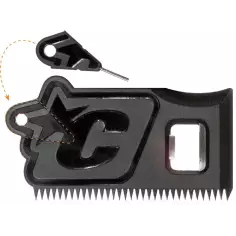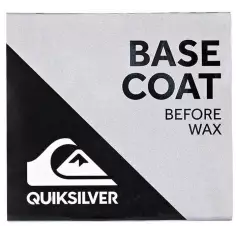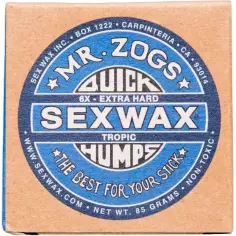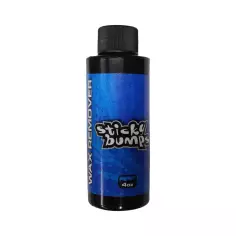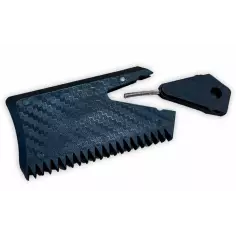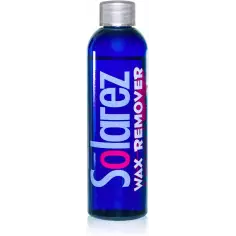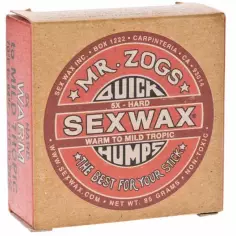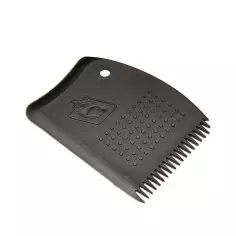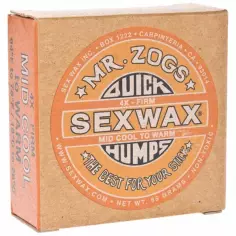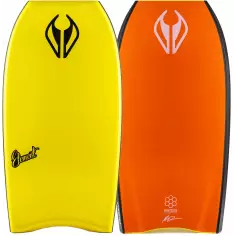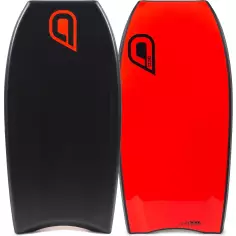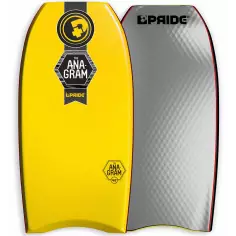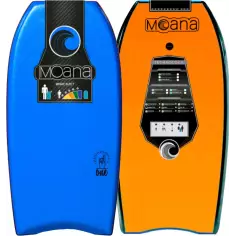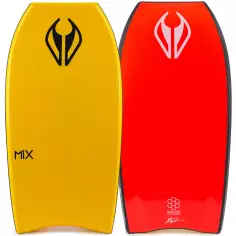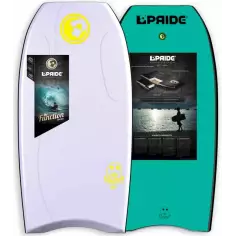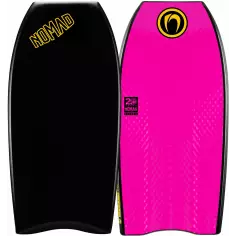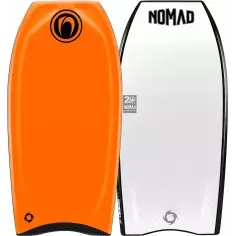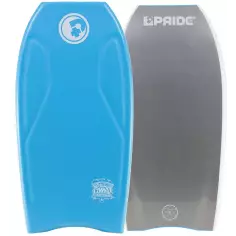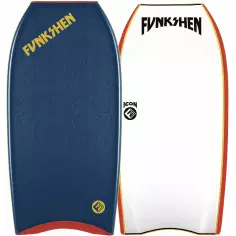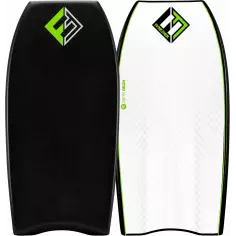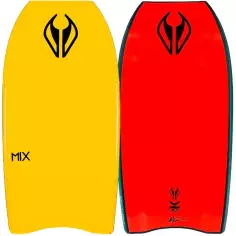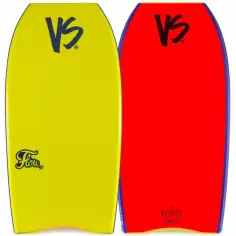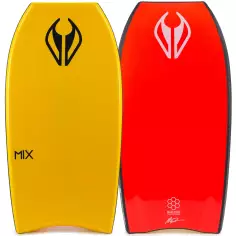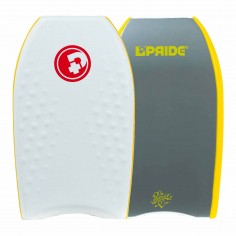In this article we are going to talk about how to put paraffin, or wax, on your bodyboard.
It's a question as important as the placement of the boogie leash or the choice of bodyboard fins, which were previously discussed in the blog.
The wax in the bodyboard has the same function as in the surfboards, that is, avoid slipping in the grip of the bugi or when surfing a wave. But it is also necessary to perform maneuvers, for example, it will make it easier for us to hold the board well when we receive any of these maneuvers .
About the type of wax that we should use, we have to say that there are some brands that are specific to bodyboard but the wax used for surfboards are the same. The type of water will determine if the wax is:
- Cold, for very cold water below 14 degrees.
- Cool, for cold waters between 15 and 19 degrees.
- Warm, for temperate waters between 20 and 25 degrees
- Tropical, for tropical waters over 25 degrees.
These types of wax range are from the softest (Cold) to the hardest (Tropical).
The bodyboard has two modalities, Prone and Dropknee (with one knee on the bodyboard).
Most people practice prone, although they also try dropknee in some surfing sessions. And there are those who only practice the dropknee.
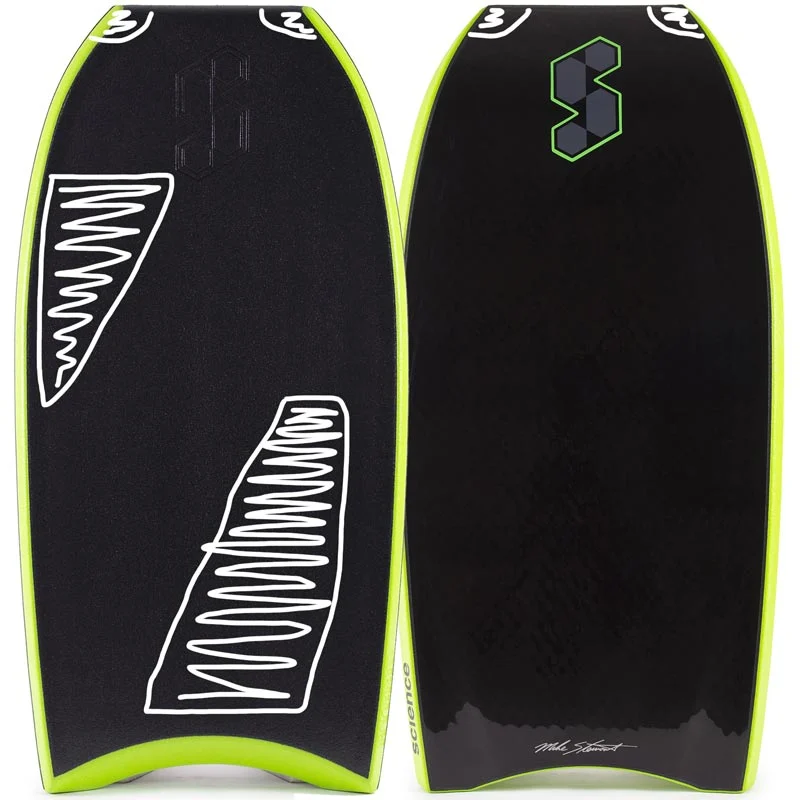
2. Drop Knee
For the practice of the Dropknee we should also put wax, as before in the area of the nose in front and behind for the grip of the hands. This always comes well for the moments of being rowing or for some wave that we do prone.
Well, for this mode it should be easier to apply the wax to our board, because normally we only have two points of support on the bugi, with only two waxed areas to paint.
The first apply will be by the deck, in the upper left area. To guide us a bit it would be good to place the wax more or less below the logo as it appears in the image below. This part will be to support the foot with the left fin. Next we will also give wax to the lower area opposite the board where we put the front leg, here we will place the shin by removing the by the tail, which will serve as a fin in the board.
If to do dropknee you place the legs upside down, with the right fin in front, you should put the wax in the same way but in the opposite areas to those explained in the image.
3. COMMON ERROR
An error that a beginner usually makes its (as shown in the picture) putting wax in the center of the board to grab the body and the hips when paddling or catching waves. This shouldn't be done because the bodyboard is a sport where you do maneuvers and you need to continuously correct the position of the body on your board. Either to make a good take off throwing the body forward and the body back (to don’t fall down by the head!), to do a 360 or some aerial maneuver.
When receiving, we will need to correct the position to return to the wave, and if We have wax where the body needs freedom of movement will not allow us to do it. Then surely we will fail in what we try.
To hold on the hands and the elbow are already!
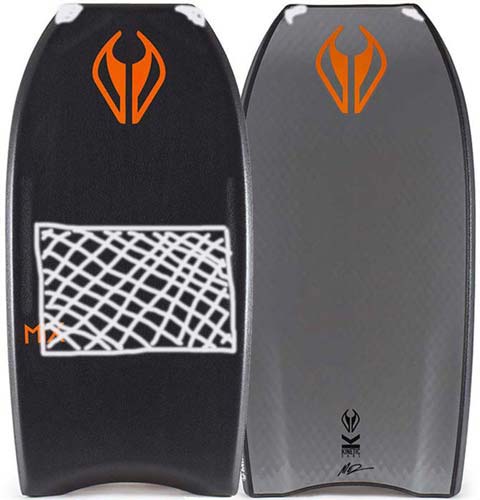
4. Remove the paraffin.
The process to remove the paraffin, either because it has been soiled with sand, worn from the previous session or because we want to use another type, here is how you should do it.
Normally, the bugi's wax isn't completely removed because it's usually enougth amount for the session or something else. NEVER use a surf scraper for the board, because the deck is delicate and you will surely damage the surface. If you need your board for a trip, a change of wax or just clean it, there is nothing written about it, but what people usually do in a homemade way is to heat the paraffin with a hair dryer, so that it softens and to be able to remove it easily. Once it's hot, it feels soft and slightly melted, carefully pass a surf comb on the flat part, as if it were a spatula and remove it. Do not expose the deck to the heat for a long time because as you will see it is a delicate material. Do not expect the paraffin to come out 100% either, something will remain among the small bubbles of the board. Another thing is to expose the body to the sun to get the same idea, heat the wax, although I do not recommend this because it takes more time exposed to heat and we will load the material. We hope this tips will help you to use the wax!
We are now ready to fly.
Products recommended for you:

Ignacio
Ignacio is the bodyboarding expert at Mundo-Surf, with a competitive track record at the national and European levels that makes him a reference in the sport. Passionate about the sea and waves, Ignacio lives and breathes bodyboarding, bringing with him a unique blend of technique, passion, and knowledge.
In addition to his competitive experience, Ignacio has a solid background as a surf instructor, allowing him to pass on his love for the ocean and shape new generations of surfers and bodyboarders. On the Mundo-Surf blog, he shares not only advanced tips and techniques but also the philosophy that inspires him in every wave.




